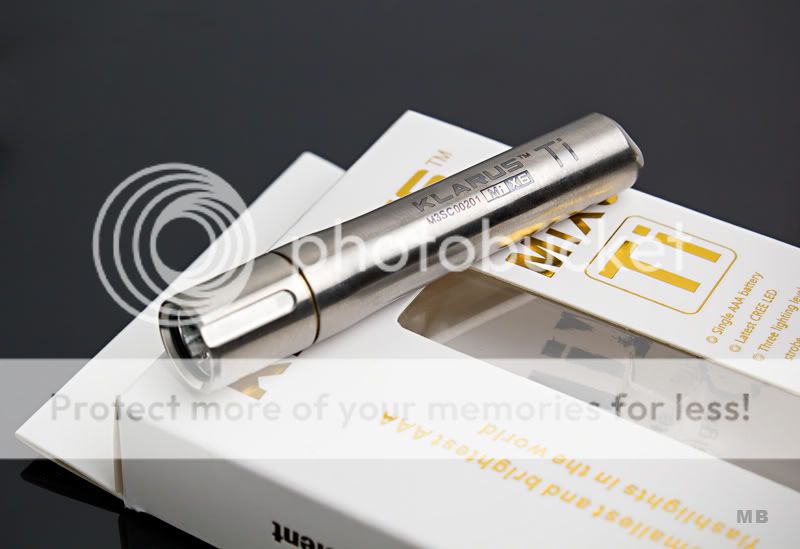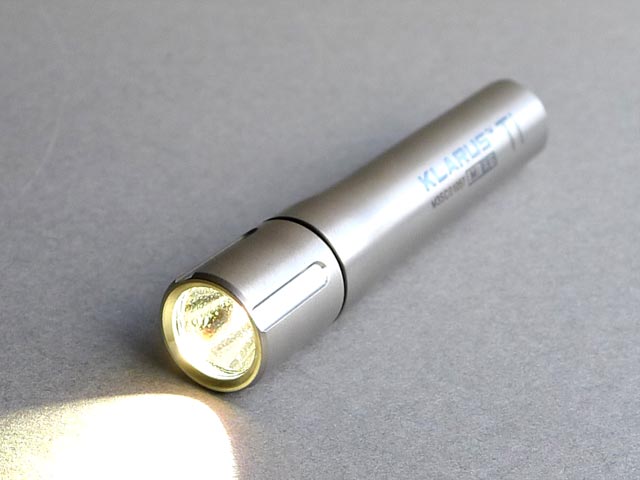When your light is no longer working, it can usually be fixed
very easily...
However, it is possible that these simple solutions may not fix your problem.
If it is an issue with the circuit board of the flashlight, then it would
be best to have your light repaired under warranty.
Problem: Your Flashlight Is Shining Dimly
Solution:
Check your batteries - When you're diagnosing a
problem with anything, it's always a good idea to start with the simplest
possible solution. If your light is shining dimly, the issue is probably weak
batteries. Replace your batteries with a fresh set and you should be good to
go!
Problem: Your Flashlight Is Flickering
Solution:
Dirt or grime on contacts - A common solution to
flashlight flickering can be dirt or grime on the internal contacts of the
light. Unscrew the head and tailcap (if your flashlight has a
tailcap) off of the light and clean the contacts where the body touches the
head or tailcap. To do this, you can use a damp paper towel. Wipe off any dirt
and grime, and then assemble the flashlight again.
If this does not help, then there may be an issue with the circuitry of your
flashlight, which should fall under a warranty repair. Most reputable
manufacturers will either repair or replace your flashlight at this point.
Problem: Your Flashlight Is Not Turning
On
Solution:
Check your batteries (see above)
Dirt or grime on contacts (see above)
Improperly assembled flashlight - Have you disassembled
your flashlight and then found that it does not work upon reassembly? It is
possible that you disassembled it improperly.
Disassemble your flashlight again. This time, upon reassembly, make sure that
all o-rings are properly aligned and any pockets clips or accessories are
correctly installed. The head and tailcap of the flashlight should fit snugly.
If the head or tailcap are not tightening down all the way, make sure that any
o-rings or other possible obstructions are not keeping you from tightening them
down.
Leaked Battery - It is also possible that a battery might have leaked
battery acid in your flashlight. If your flashlight takes alkaline batteries,
this is definitely a possibility.
Disassemble your flashlight and remove your batteries. If there is any sign of
corrosion, dispose of those batteries and no longer use them. Look into the
body of the light and look for white or rust-coloured discoloration. If you see
some, use a wire brush and a slightly acidic solvent to try and scrape any
corrosion away.
It may also be necessary to take a file and remove any corroded metal at the
base or head of the flashlight body (the area where the head and tailcap make
contact with the body). There needs to be bare metal visible on both sides of
the body for the flashlight to complete an electrical circuit to work properly.
After cleaning and removing the corrosion from the light, assemble the
flashlight and test for functionality. If this does not help, you may try
contacting the manufacturer. Although not guaranteed, your flashlight
manufacturer may be willing to either replace or fix the flashlight under
warranty.
Although not guaranteed to fix your light, always start with these steps to begin
your flashlight troubleshooting.
Klarus Light produces and designs some of the best flashlights in the world. For a broad range of flashlights and accessories, contact
Klarus today, or visit the website!









